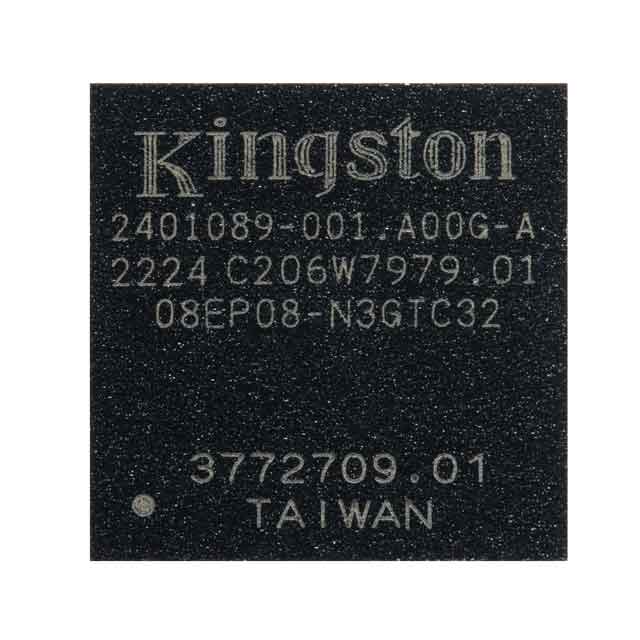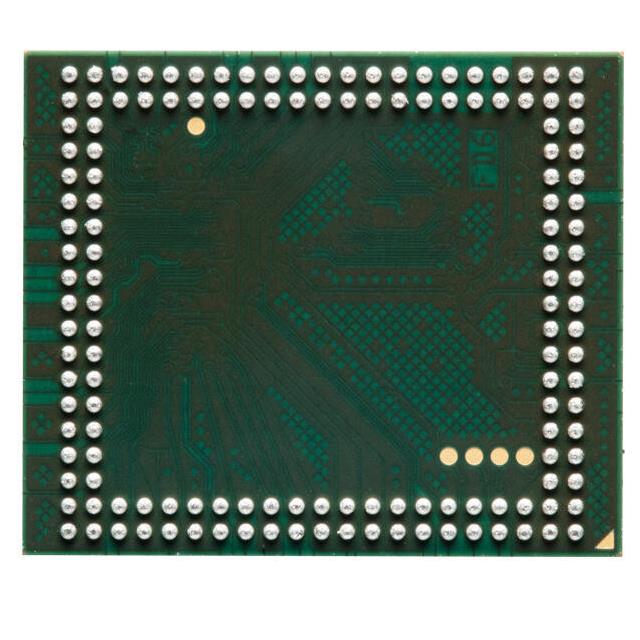ePop Series, Memory
Results:
2
Manufacturer
Series
Memory Interface
Supplier Device Package
Memory Size
Package / Case
Operating Temperature
Clock Frequency
Memory Organization
Grade
Mounting Type
Memory Type
Qualification
Write Cycle Time - Word, Page
Access Time
Technology
Voltage - Supply
Memory Format
Results remaining:2
Applied Filters:
ePop
Memory
Memory refers to semiconductor devices used for data storage on integrated circuits. Memory devices come in various formats, including CBRAM, DRAM, EEPROM, EERAM, EPROM, Flash, FRAM, NVSRAM, PCM (PRAM), PSRAM, RAM, and SRAM. These formats can be categorized as either non-volatile or volatile memory.
Non-volatile memory, such as EEPROM, EERAM, EPROM, Flash, FRAM, and PCM, retains stored data even when power is removed. This makes them suitable for applications where data retention is crucial, such as storing firmware or configuration settings.
Volatile memory, including DRAM, PSRAM, RAM, and SRAM, requires power to maintain stored data. While volatile memory loses its content when power is removed, it offers faster read and write speeds, making it ideal for temporary storage and dynamic data processing tasks.
Memory sizes vary widely, ranging from small capacity options like 64 b (bits) to large capacity options like 6 Tb (terabits). The interface of memory devices depends on the specific format and can include options such as I2C, MMC, Parallel, eMMC, Serial, Single Wire, SPI, UFS, Xccela Bus, and 1-Wire. These interfaces determine how the memory device communicates with the rest of the system.
Integrated Circuits (ICs) - Memory play a critical role in storing and accessing data within digital systems. They provide the necessary storage capacity and performance characteristics required for efficient data management. Whether it's non-volatile memory for long-term storage or volatile memory for temporary data handling, memory ICs enable the functioning of various electronic devices and systems, including computers, smartphones, IoT devices, and more.


